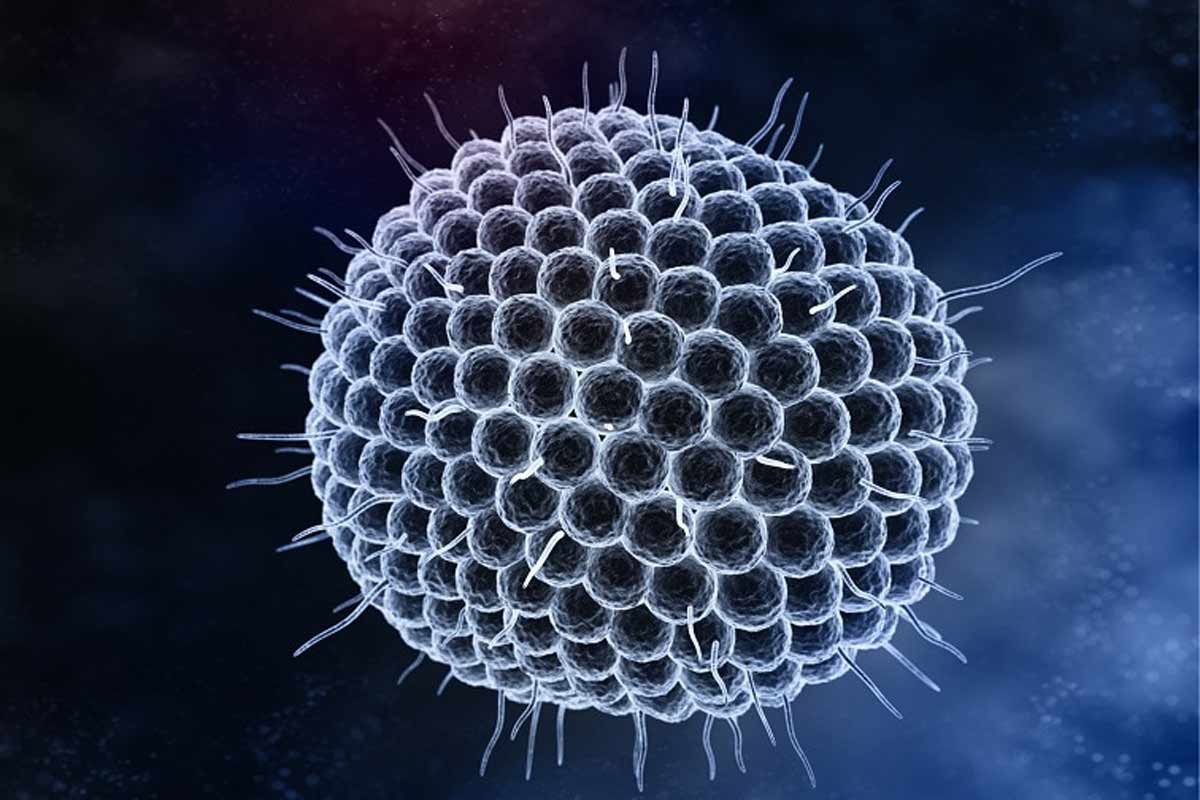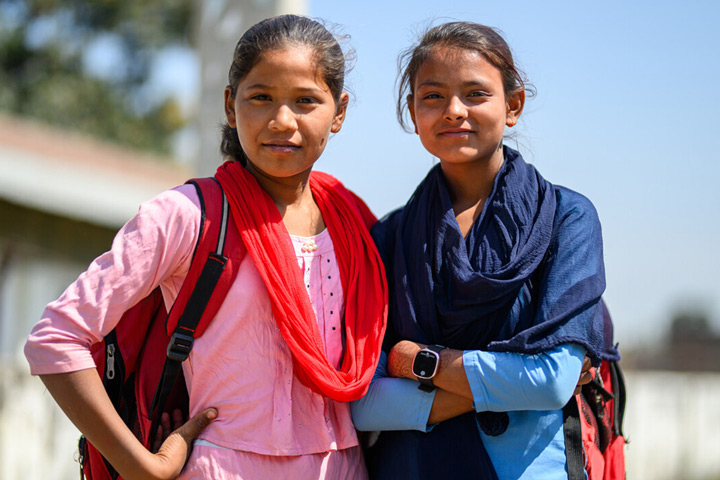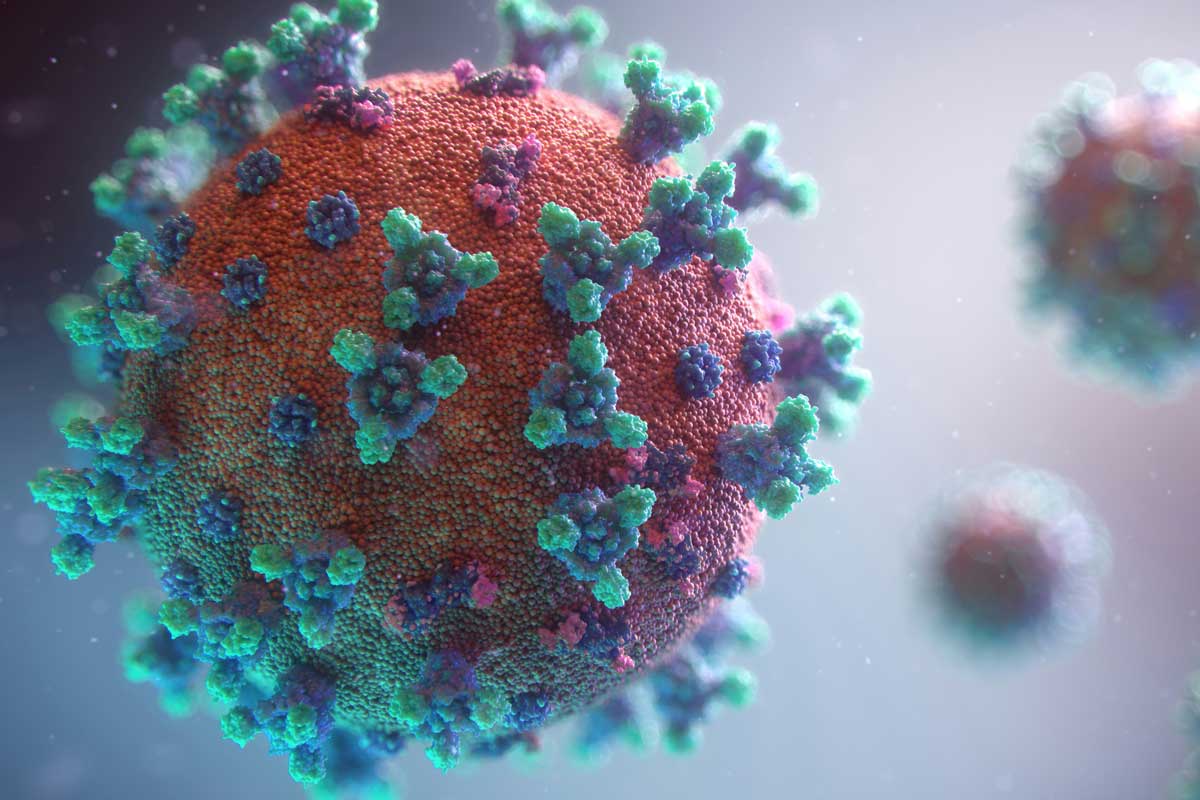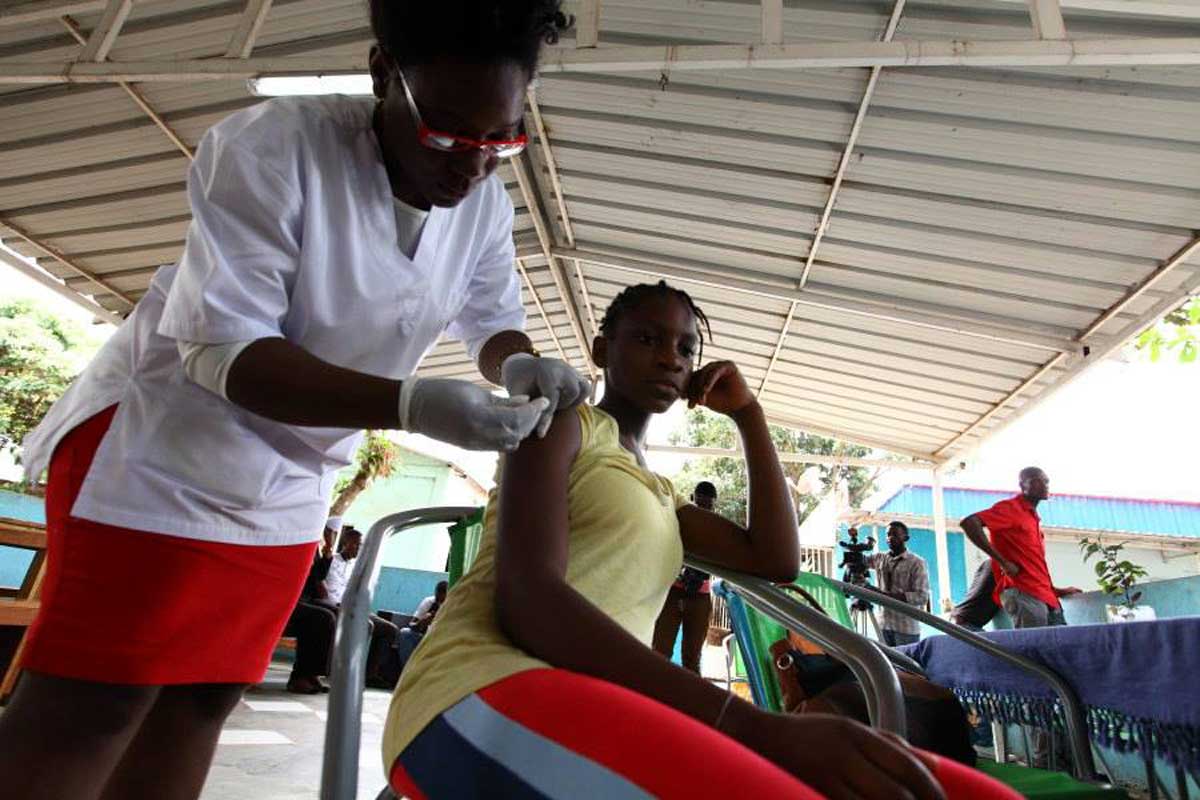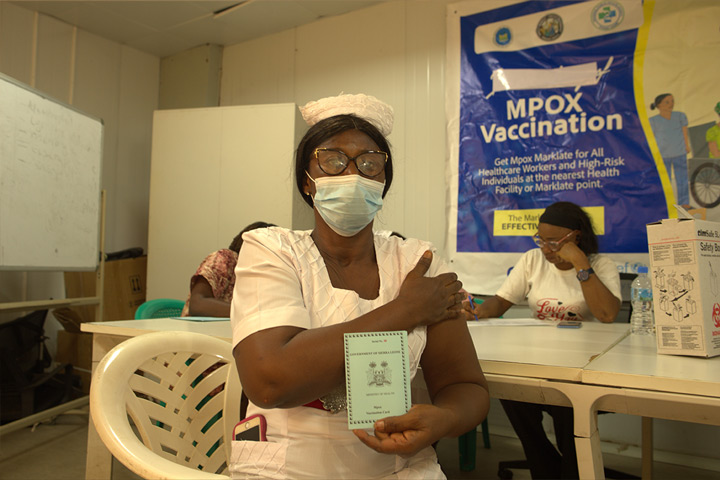Could bird flu be one mutation away from causing a pandemic?
Scientists are concerned that it wouldn’t take much for the bird flu virus to be able to spread between people.
- 18 December 2024
- 2 min read
- by Priya Joi

The H5N1 bird flu virus has recently been spreading among animals worldwide, from dairy cows and squirrels to dolphins and elephant seals, and scientists have been watching closely to see whether it could mutate to spread between people.
So far there have been no reported cases of the virus spreading between people. The only humans infected have been those in close contact with animals, such as dairy farmers.
However bird flu, which can be deadly in as much of half of those it infects, could be devastating if it evolved to spread more easily to people.
Scientists at The Scripps Research Institute, La Jolla, USA, have been studying how easily this might happen.
The surface of bird flu viruses contain proteins that allow them to latch on to cell receptors in avian species. The receptors on human cells are different, but the difference is ‘very subtle’, James Paulson, a study co-author and a biochemist at Scripps Research told Scientific American.
Bird flu, which can be deadly in as much of half of those it infects, could be devastating if it evolved to spread more easily to people.
The virus has already mutated to be able to spread easily between mammals. “This is one of the first times that we are seeing evidence of efficient and sustained mammalian-to-mammalian transmission,” Cornell University virologist Diego Diel has said.
Now, as the Scripps researchers have published in Science this month, it could take just one mutation for bird flu to easily infect human cells.
The researchers generated viral proteins from the genetic sequences of the virus isolated from the first human case in Texas. They experimented with introducing several mutations into the H5N1 haemagglutinin protein, intended to mimic genetic changes that could occur naturally. Crucially, no live virus was used in this experiment, to avoid the risk of a laboratory-introduced mutation into the population.
Have you read?
The team found that a mutation in the 226th amino acid on the protein allowed the virus to switch the receptor specificity from birds to humans.
While the researchers think it’s unlikely that this single change could turn bird flu into a pandemic – it would also need to evolve better viral replication and stability in the human body – this type of mutation could be a concerning stepping-stone.
Crucially, this type of research gives scientists signals of what to look out for in the effort to prevent another pandemic.

